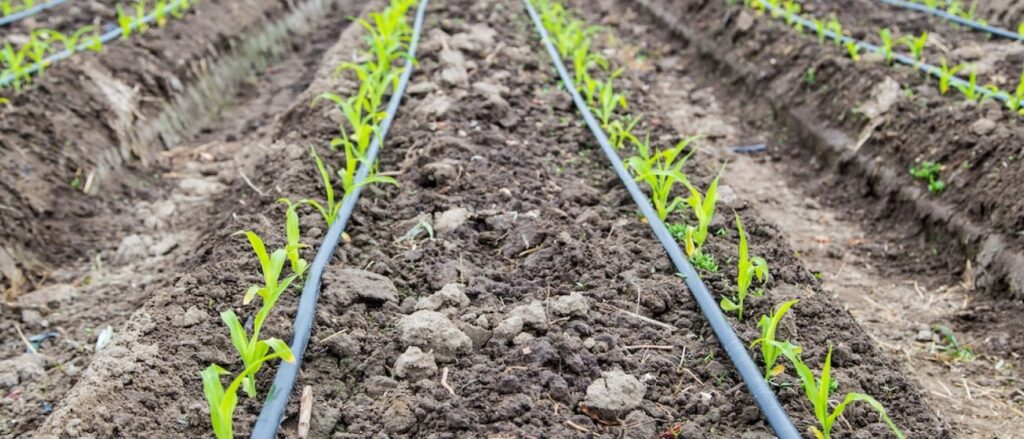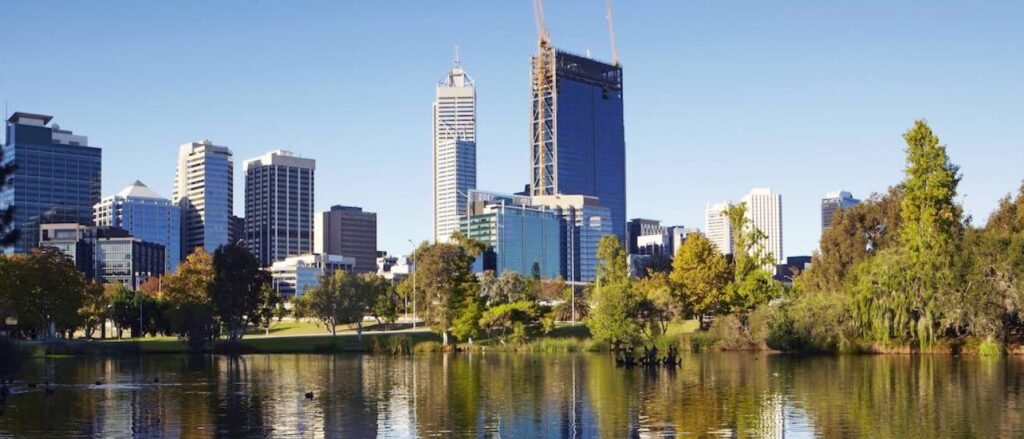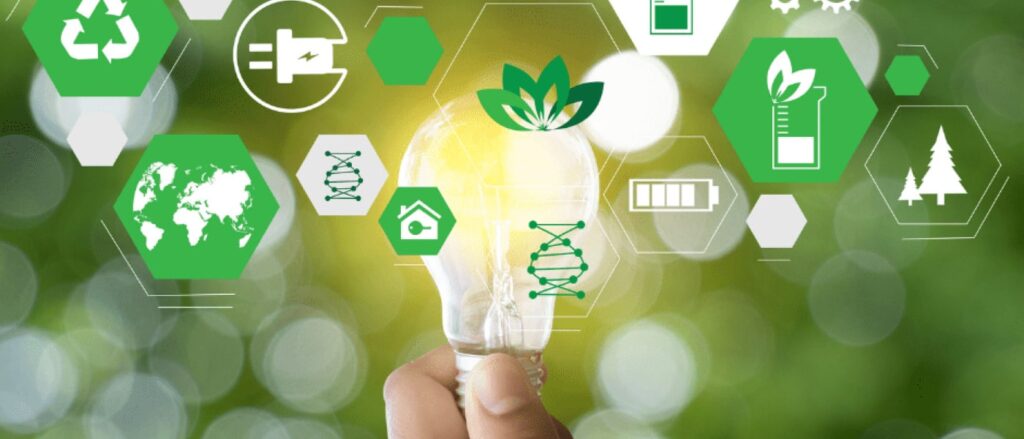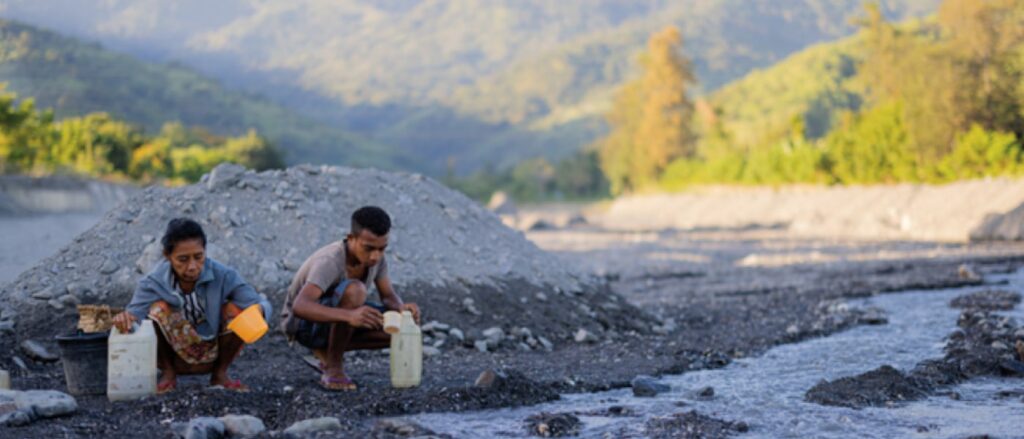Future Four in March ’23.
March 15, 2023
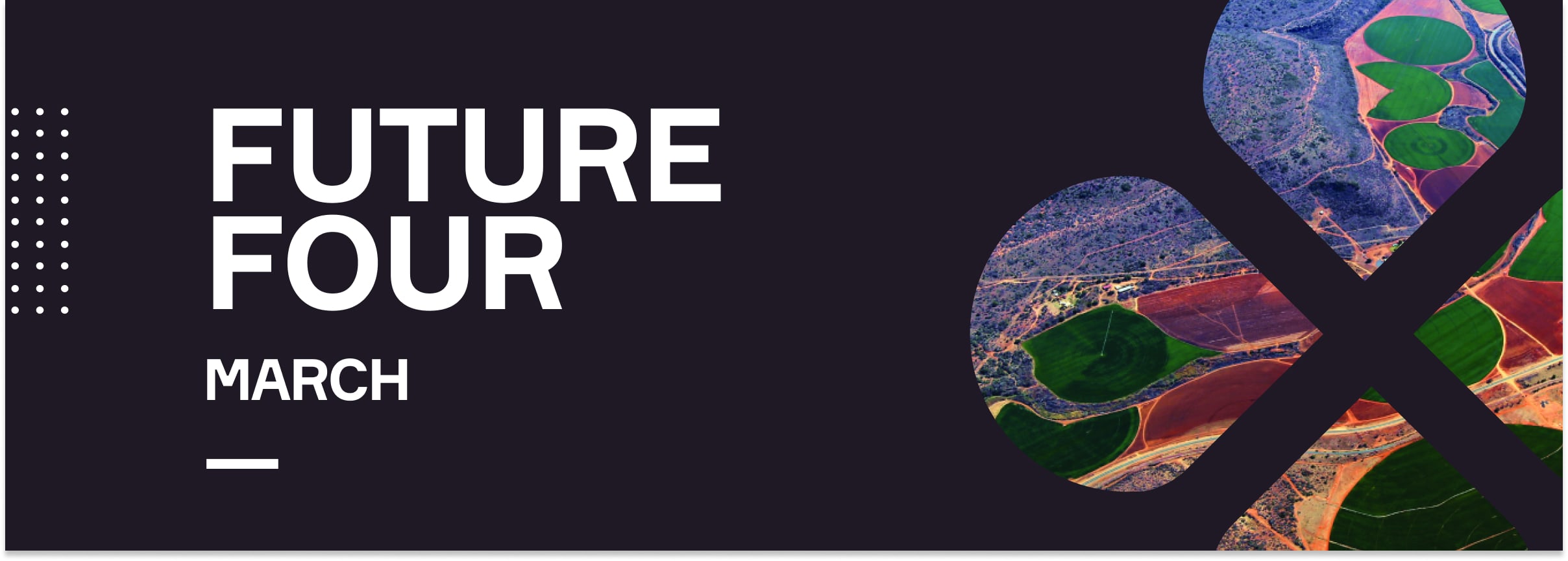

By: Jess Irvine
Operations Manager
Welcome to another instalment of our industry newsletter, Future Four. Each edition, a Clover team member supplies four innovative articles to keep you connected with the pulse of the pipeline industry and beyond.
This month, Jess Irvine has carefully sourced four future-facing articles on the water and irrigation industries to add to your reading list.
Jess has 14 years of experience in the Western Australian civil sector. Having joined Clover three years ago in a Client Services role, Jess is now Clover’s Western Australia Operations Manager.
Read on to find out about how a government department is determining whether water with low levels of salinity might be useable in horticulture. You’ll also find stories about a water plan that incorporates the knowledge of First Nations people, how energy can be created from wastewater decontamination processes, and the inspiring work of WaterAid Australia.
1. ‘Somewhat saline water could irrigate crops’
Source: Inside Water
Written by: Chris Edwards
Using salty water to irrigate crops may at first sound like an impossibility, but the Western Australian Department of Primary Industries and Regional Development is investigating its potential.
In trials on tomato, capsicum and rockmelon plants in South Perth, researchers are trying to find out whether water with very low levels of salt – known as marginally saline – could be used in the Australian horticulture industry.
It’s an ambitious idea, but not a new one. In fact, fruit is already being grown successfully in China and Israel using water with a salinity level up to 3000 mg/L. (As a comparison, seawater often has saline content mor than 10 times higher than that.)
The study is particularly well-timed given that climate change is causing ground- and surface water in the state’s south-west to increase in salinity, as well as creating a drier climate. Well worth a read, we think.
2. ‘First Nations knowledge to guide new waterwise strategy for Perth area’
Source: Australian Water Association
Written by: Jonathan Bradley
A new Western Australian Government water management plan for Perth and Peel will incorporate the knowledge and values of the Noongar people, the Traditional Owners of parts of the state’s south-west.
The plan is titled ‘Kep Katitjin – Gabi Kaadadjan’, words that refer to water knowledge in the Whadjuk and Bindjareb languages. It concentrates heavily on adapting to climate change, acknowledging that the area is now subject to more intense rain events but less annual rainfall and a hotter climate. Its primary aim is to help communities of the region become more “waterwise” – i.e. more sustainable (and so liveable for future generations), more economically productive and more resilient to extreme weather.
As this story explains, the plan includes 41 actions that will help the community conserve water resources, while supporting greening, biodiversity and urban cooling. They include climate risk assessment, emissions reductions measures, introduction of climate-resilient water supplies and planning for reaching net-zero emissions.
3. ‘How can energy be created from wastewater’
Source: Utility Leaders
Written by: James Foden
Wastewater treatment plants are essential for maintaining the health of the public and the sustainability of our waterways. They were invaluable contributors to the circular economy before that term was even in widespread use, recycling water for use in farmland and wetlands, for example.
But this contribution to the circular economy extends beyond water. As part of their daily operations, treatment plants produce a huge amount of energy through anaerobic and aerobic digestion. These two processes create methane and carbon dioxide respectively, both of which can be used to power the plants themselves or to produce electricity.
This article discusses the many uses for the energy created during these processes, as well as the challenges associated with them.
4.‘Utilities supporting global water, sanitation, and hygiene efforts’
Source: Utility Magazine
Written by: Patricia Mae Tagabe
There are more than three quarters of a billion people on the planet with no access to safe drinking water. The not-for-profit organisation, WaterAid Australia, exists to change this confronting number. Their mission is to improve access to safe water, sanitation and hygiene throughout the world.
The organisation, nearly 20 years old, is a collaboration between the Australian water industry – it comprises 46 members today – and the international aid community. WaterAid was, in the organisation’s own words, “started because no charity like us existed. We’ll end when no charity like us is needed.”
Their work is quite literally life changing, and this article offers some inspiring examples of their areas of focus, and how their continuing projects are making a difference.
